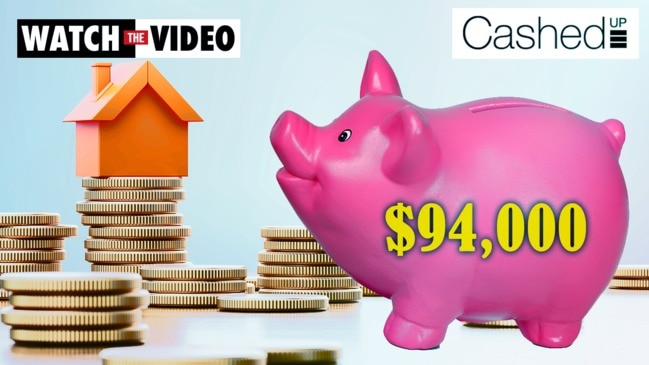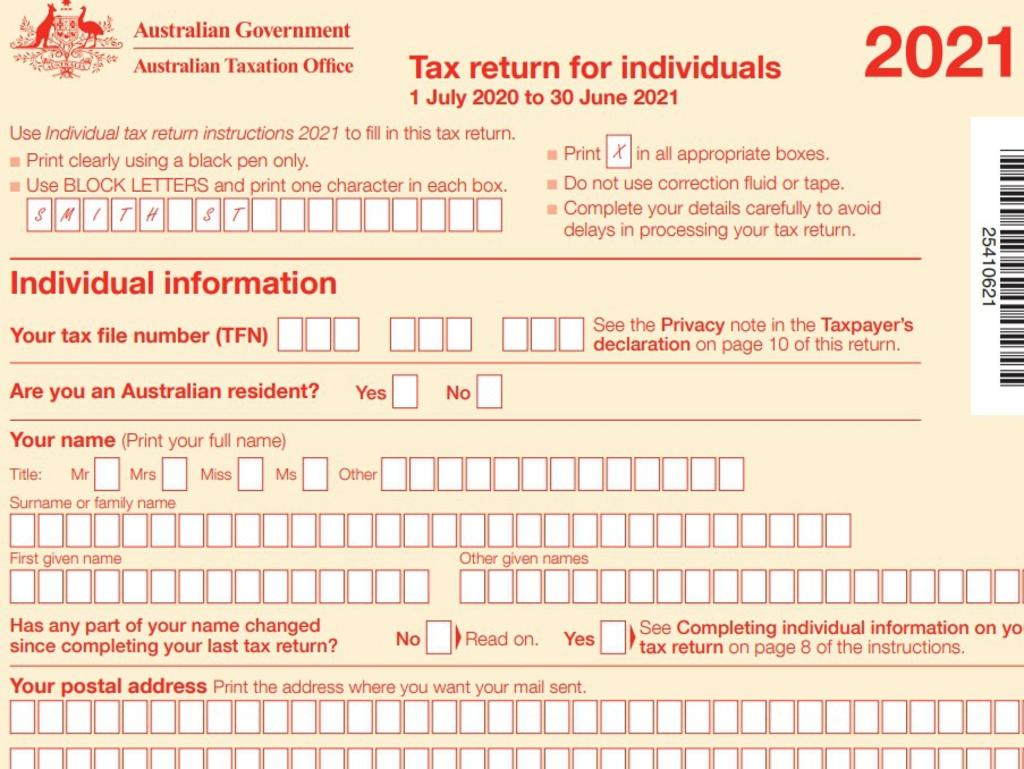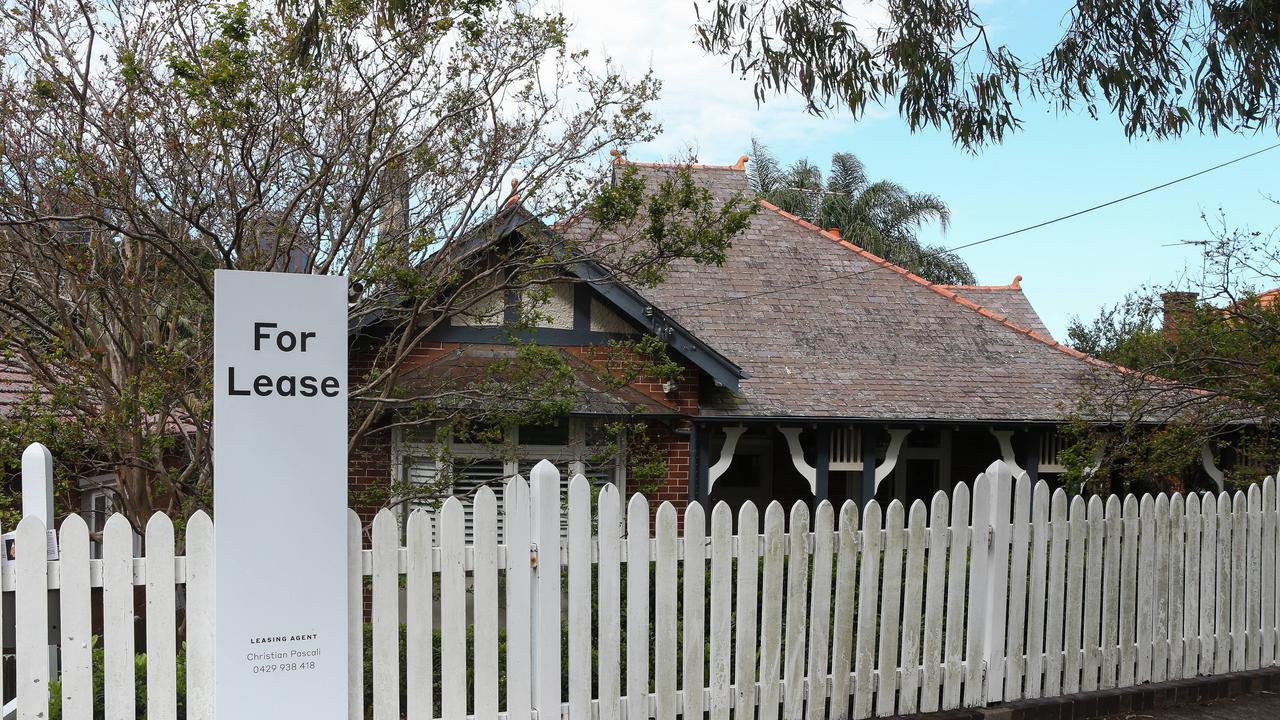Investing trick to make an extra $180,000 on $92,000 salary
Paying off debt is seen as the best financial decision but a financial adviser has done the numbers and there’s another answer to the problem of debt.

Whether you should pay down debt or invest is a common question at any time. But, off the back of the fastest rate of interest rate increases in a generation, more and more people are asking the question – and this makes the right answer even more valuable.
I wanted to unpack how you can answer this question and make the smartest moves for you.
Rate versus return
The short answer to the question of whether it’s best to pay down debt or invest can be found by comparing the return you should get from investing against the cost of your debt. Looking at the difference between the two will tell you which option will be best in the short and long term.
But there are a couple of complications to consider when making your comparison. To correctly assess the difference between these two options, you need to be looking at your after tax interest rate versus your after tax investment return.
After tax interest rate
While your mortgage interest rate might be 6 per cent, if your mortgage interest is tax deductible (like on an investment property) your after tax interest rate will be lower than the headline interest rate of 6 per cent.

To calculate the after tax cost of tax deductible debt, you need to look at the total interest rate less the amount of the tax deduction. The formula here is:
After tax interest rate = ‘headline’ interest rate * (1 – [your marginal tax rate + Medicare levy])
For example, if your marginal tax rate + Medicare levy is 39 per cent and your mortgage interest rate is 6 per cent, the formula will be as follows:
After tax interest rate = 6 per cent* (1 – 39 per cent) = 3.66 per cent
This means that in this case your after tax interest rate is actually 3.66 per cent, much lower than your headline interest rate.
Note that if your debt is not tax deductible, the headline interest rate and after tax interest rate will be the same.
After tax investment return
On the flip side of your equation, you need to look at your after tax investment return.
If you’re investing into shares, while the past doesn’t necessarily predict the future, looking at the long term return on shares is a reasonable way to assess what the likely return will be moving forward.
For Australian shares, the long term return on the sharemarket is 9.8 per cent. If you’re thinking about investing, this would be your ‘headline’ return, and like your interest rate above would need to be adjusted to an after tax return to make an accurate comparison.
I need to call out the fact this calculation is more complicated, given that part of your return on an investment will be in the form of capital gains that may not be realised (and taxed) for many years into the future.

In addition, capital gains on investments that have been held for longer than 12 months receive a 50 per cent tax discount. The overall implications are you’re likely to pay an effective tax rate lower than your full marginal tax rate.
But using a conservative worst case assumption, you could apply your full marginal tax rate to your expected investment return – knowing that reality will almost certainly be more favourable.
The formula for your after tax investment return is as follows:
After tax expected return = headline expected return * (1 – [your marginal tax rate + Medicare levy]).
Using the same returns (9.8 per cent) and tax rate (39 per cent) as the example above:
After tax expected return = 9.8 per cent* (1 – 39 per cent) = 5.98 per cent
So putting this all together, comparing the after tax cost of debt of 3.66 per cent against the after tax expected return on investments of 5.98 per cent, means you’d be 2.32 per cent better off in this example investing compared to paying down debt.
Small percentages make a big difference
2 per cent may not seem huge, but small percentages compounded over time make a big difference.
For example, for someone on the Australian median income of $92,000, saving at the average household savings rate of $80 per week, an extra 2.32 per cent return on your savings over 30 years means an additional $180,093 on your overall investment value.
Risk is also important
While it’s important (and valuable) to compare returns over time, it’s not just the return that should matter. Risk is an important consideration here.
Keep in mind that when you pay down debt, your return is essentially guaranteed because you know for sure that when you reduce your debt you won’t have to pay interest on that debt.
Investing into shares is different, because the return on the sharemarket is not guaranteed – and short term sharemarket performance can be seriously volatile.
If you invest for the long term, short term fluctuations balance out against longer term cycles, and so your return is ‘smoothed’. But if you choose to invest vs. paying down debt, you need to be prepared for the possibility that in the short term the sharemarket will underperform.

Another important consideration is the risk around your debt levels and cashflow. For example, if you’ve just purchased your first home and have pushed to get into the market, your debt levels may be at the highest level they ever will be.
For someone in this position, there may be some serious peace of mind benefits that come with reducing debt down to a more comfortable level. If this is you, even though investing might deliver you a better expected return you might prefer to ‘pay’ a small price in your return for paying down debt to give you more peace of mind.
On the flip side, if your debt levels are relatively low and your savings capacity is strong, you might be more comfortable not to pay down more debt, and instead benefit from the expected upside arbitrage you can get by investing.
The wrap
Whether to invest or pay down debt is a question that can be a little tricky to answer, but choosing the right path for you can deliver you some serious benefits. It’s possible to accelerate your investment building over time through making the right choice at the right time.
In the current high interest rate environment, answering this question can be even more valuable. As you’re working through this, keep in mind your risk management is an important consideration. Ultimately, whichever path you choose should give you the confidence you’re on the very best path for you.
Ben Nash is a finance expert commentator, financial adviser and founder of Pivot Wealth, the creator of the Smart Money Accelerator, author of Replace Your Salary By Investing and host of the Mo Money podcast. He runs regular free online money education event which you can book here
Disclaimer: The information contained in this article is general in nature and does not take into account your personal objectives, financial situation or needs. Therefore, you should consider whether the information is appropriate to your circumstances before acting on it, and where appropriate, seek professional advice from a finance professional.






